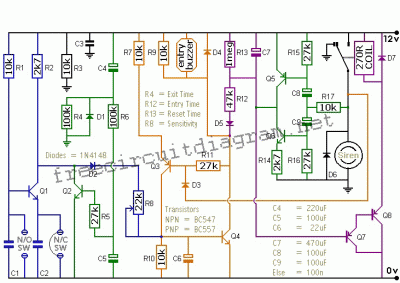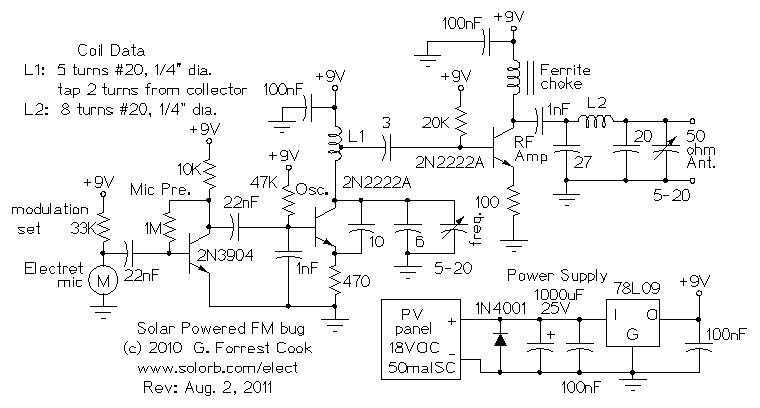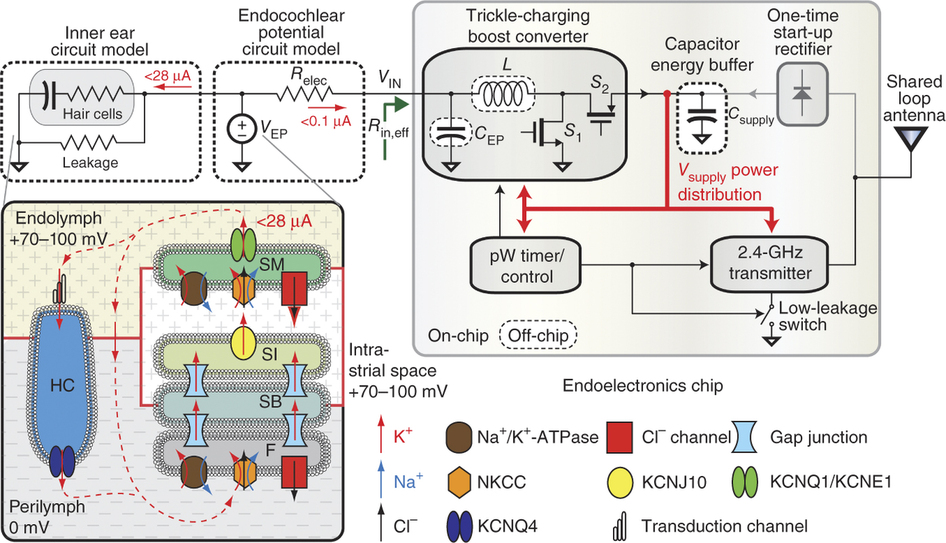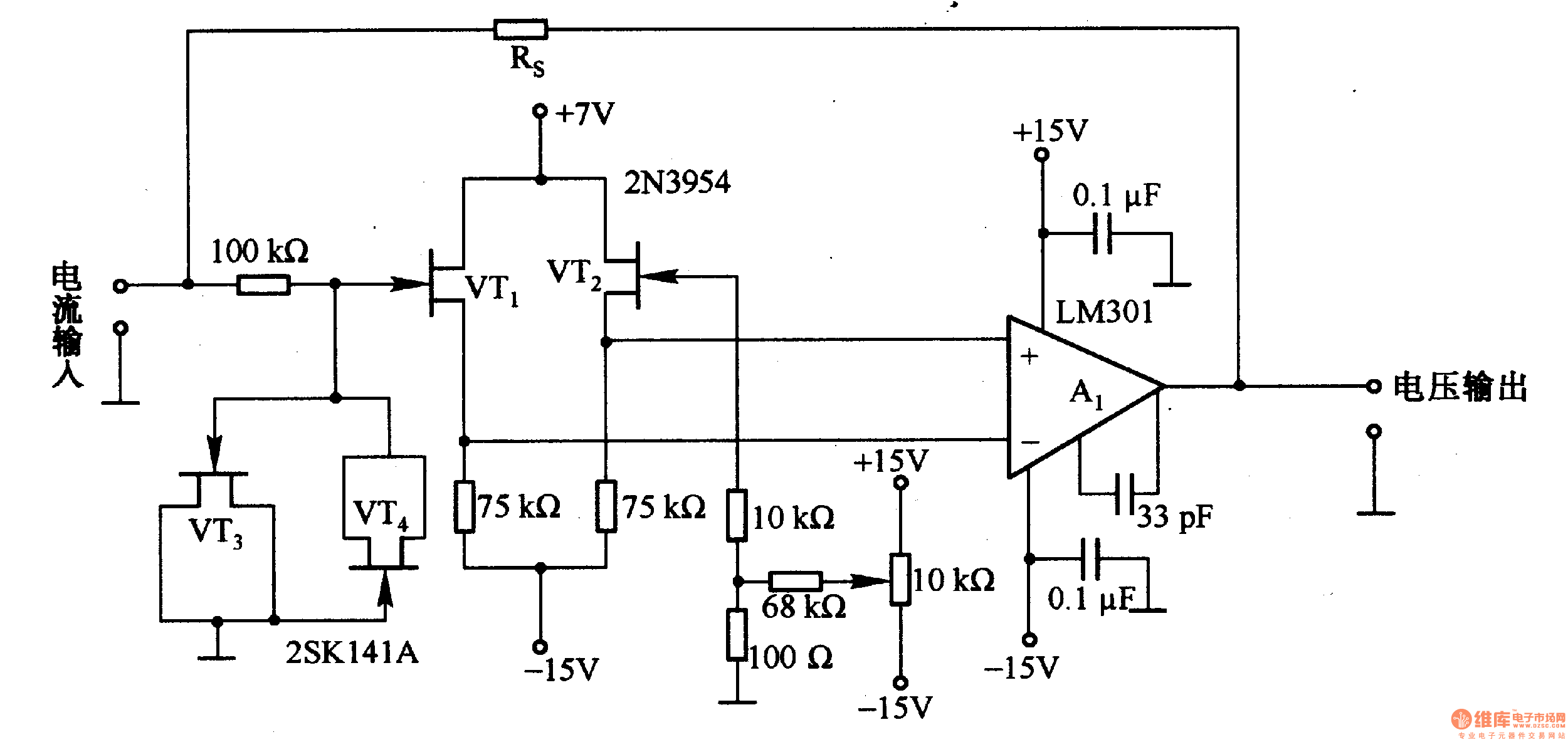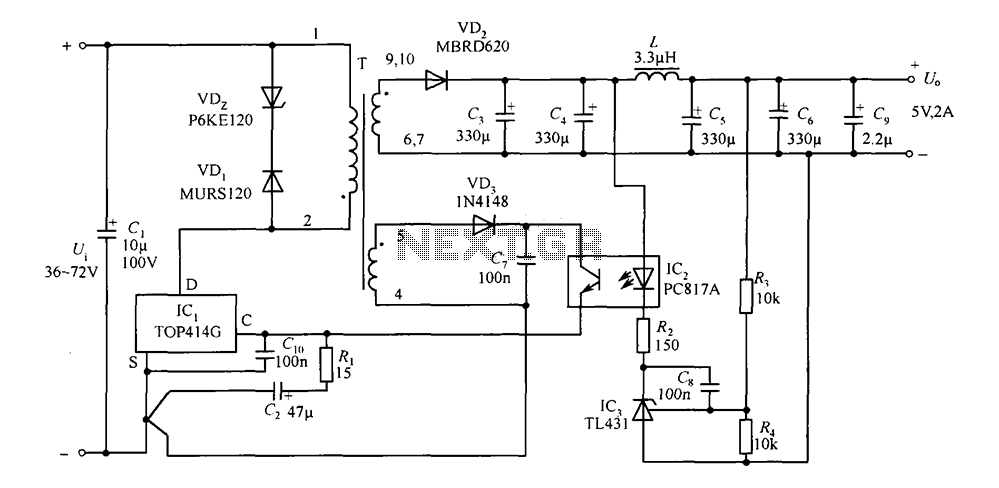
Electronic Metronome Circuit
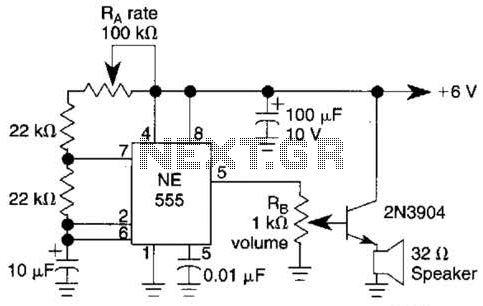
Ra sets the rate while RH sets the volume of clocks in the speaker. The 555 is configured as a low frequency oscillator. The circuit is powered by a 6 V battery.
The circuit utilizes a 555 timer IC configured in astable mode to function as a low-frequency oscillator. In this configuration, the timer generates a continuous square wave output, which can be used to drive a speaker, producing sound by modulating the audio signal. The resistors Ra and Rh play crucial roles in determining the frequency and amplitude of the output waveform.
Ra, the resistor connected to the discharge pin and the threshold pin of the 555 timer, influences the rate of oscillation. By adjusting Ra, the time period of the high state of the output can be modified, thus varying the frequency of the oscillation. Rh, on the other hand, is connected to the discharge pin and ground, controlling the volume of the output signal. The combination of these two resistors allows for a customizable sound output, making it suitable for various applications such as alarms, sound effects, or simple audio applications.
The circuit is powered by a 6 V battery, providing sufficient voltage for the operation of the 555 timer and the connected speaker. The choice of a 6 V power supply ensures that the circuit remains efficient and minimizes power consumption while delivering adequate performance. To enhance the output sound, a capacitor may be connected in parallel with the speaker, which can help to smooth out the audio signal and improve the overall sound quality.
Overall, this simple yet effective circuit design demonstrates the versatility of the 555 timer in generating audio signals, with adjustable frequency and volume settings suitable for a variety of electronic projects. Ra sets the rate while RH sets the volume of clocks in the speaker. The 555 is configured as a low frequency oscillator. The circuit is powered by a 6 V battery. 🔗 External reference
The circuit utilizes a 555 timer IC configured in astable mode to function as a low-frequency oscillator. In this configuration, the timer generates a continuous square wave output, which can be used to drive a speaker, producing sound by modulating the audio signal. The resistors Ra and Rh play crucial roles in determining the frequency and amplitude of the output waveform.
Ra, the resistor connected to the discharge pin and the threshold pin of the 555 timer, influences the rate of oscillation. By adjusting Ra, the time period of the high state of the output can be modified, thus varying the frequency of the oscillation. Rh, on the other hand, is connected to the discharge pin and ground, controlling the volume of the output signal. The combination of these two resistors allows for a customizable sound output, making it suitable for various applications such as alarms, sound effects, or simple audio applications.
The circuit is powered by a 6 V battery, providing sufficient voltage for the operation of the 555 timer and the connected speaker. The choice of a 6 V power supply ensures that the circuit remains efficient and minimizes power consumption while delivering adequate performance. To enhance the output sound, a capacitor may be connected in parallel with the speaker, which can help to smooth out the audio signal and improve the overall sound quality.
Overall, this simple yet effective circuit design demonstrates the versatility of the 555 timer in generating audio signals, with adjustable frequency and volume settings suitable for a variety of electronic projects. Ra sets the rate while RH sets the volume of clocks in the speaker. The 555 is configured as a low frequency oscillator. The circuit is powered by a 6 V battery. 🔗 External reference
Warning: include(partials/cookie-banner.php): Failed to open stream: Permission denied in /var/www/html/nextgr/view-circuit.php on line 713
Warning: include(): Failed opening 'partials/cookie-banner.php' for inclusion (include_path='.:/usr/share/php') in /var/www/html/nextgr/view-circuit.php on line 713
